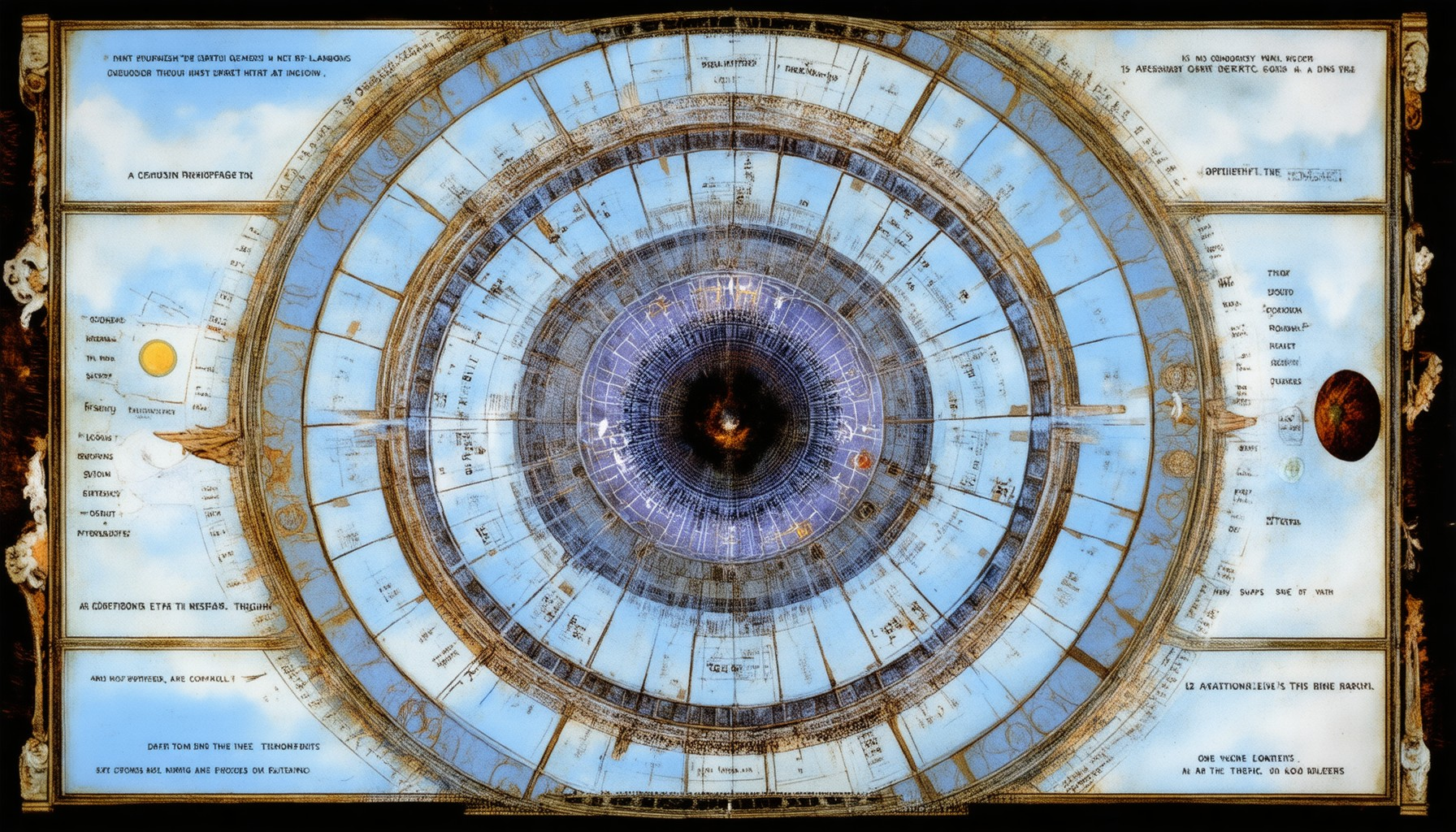Have you ever pondered the mysterious connection between the stars and the events that shape our lives? The realm of cosmic prophecy offers profound insights into the hidden patterns and universal truths that influence our existence. From birth charts to ancient prophecies, these cosmic insights reveal a deeper understanding of our world and our future. In this journey, we’ll explore the celestial wisdom embedded in the Celestine Prophecy, unravel its controversies, and discover how these cosmic insights can transform your perspective on life itself. Whether you’re a believer in astrology or simply curious about the universe’s mysteries, this exploration will leave you with a fresh viewpoint on the cosmos and its impact on humanity.
Key Takeaways
– The Celestine Prophecy is a work of fiction, drawing from history and mythology to explore themes of prediction and spirituality.
– Coincidences are meaningful, as the Prophecy highlights synchronicity and the idea that every encounter has deeper spiritual significance.
– Control dramas in relationships are identified, helping individuals recognize manipulation and build healthier, more authentic connections.
– Life’s interconnected events guide growth, according to the Prophecy’s view of purposeful coincidences and spiritual awakening.

The 12 Insights of “The Celestine Prophecy”
- Understanding the Cosmic Order : The Celestine Prophecy reveals how the alignment of stars and planets influences human events and personal growth, emphasizing our interconnectedness with the universe.
- The Power of Alignment : Aligning with cosmic energies can enhance intuition and spiritual awareness, guiding individuals toward their true purpose and life path.
- The Role of Relationships : Relationships are shaped by celestial forces, and understanding these patterns helps in building stronger connections and overcoming challenges.
- The Gift of Prophecy : Prophecies serve as warnings and guides, offering insights into future events and encouraging preparation and wisdom.
- The Path of Service : The prophecy highlights the importance of serving others, aligning one’s actions with cosmic principles to contribute positively to the world.
- The Law of Attraction : Like attracts like, and focusing on positive intentions and goals attracts beneficial outcomes, influencing one’s journey.
- The Cycle of Life : Understanding the cyclical nature of life helps in accepting change and viewing challenges as opportunities for growth.
- The Language of Symbols : Symbols in nature and culture hold deeper meanings, providing guidance and truth through their interpretation.
- The Call to Adventure : Personal growth often begins with a significant life event or calling, pushing individuals towards their destiny.
- The Importance of Community : Connecting with like-minded individuals strengthens bonds and supports collective growth and understanding.
- The Principle of Balance : Maintaining harmony between opposing forces fosters stability and success, teaching the importance of equilibrium.
- The Vision of Unity : The prophecy encourages seeing oneself as part of a larger whole, fostering unity and collaboration among people.
Explore more insights and delve into the cosmic wisdom offered by The Celestine Prophecy.
The Controversy Surrounding “The Celestine Prophecy”
“The Celestine Prophecy” by James Redfield has sparked various discussions and critiques within literary and spiritual communities due to its narrative structure and themes.
One major criticism revolves around the plot development, which many argue lacks depth and coherence. Critics suggest that the story primarily serves as a vehicle to convey the author’s spiritual beliefs rather than presenting a compelling narrative. This has led some readers to view the book as preachy or poorly executed.
Another area of contention lies in the historical inaccuracies present in the novel. While the book blends fact and fiction, certain historical figures and events are misrepresented, leading to frustration among history enthusiasts and scholars.
Moreover, the portrayal of characters and their motivations has drawn scrutiny. Some believe the characters lack complexity and are often used to further the story’s spiritual agenda, detracting from their relatability and credibility.
Despite these criticisms, “The Celestine Prophecy” continues to hold a significant following, particularly among those interested in spiritual and metaphysical topics. Its influence on popular culture and personal growth movements remains undeniable, though its storytelling techniques remain a subject of debate.
- Plot Development: Criticized for lacking depth and serving as a delivery method for spiritual ideas.
- Historical Accuracy: Accused of misrepresenting historical figures and events, blending fact with fiction inappropriately.
- Character Portrayal: Characters seen as underdeveloped and motivated primarily by the story’s agenda.
For more insights into celestial prophecies and spiritual exploration, visit our dedicated resource at Blood Moon Prophecy , offering unique perspectives on cosmic influences and personal transformation.

What is the Cosmic Prophecy?
The Cosmic Prophecy is a mystical concept that has captivated humanity for centuries. Rooted in ancient traditions and spiritual beliefs, it often manifests as cryptic insights or warnings about the future of humanity and the cosmos. These prophecies are typically expressed through symbolic imagery, metaphorical language, or enigmatic statements, requiring deep interpretation and introspection to uncover their meanings.
We, at Blood Moon Prophecy, specialize in unraveling these cosmic insights, offering unique perspectives and interpretations that resonate with seekers of spiritual growth and cosmic awareness.
Origins and Evolution of Cosmic Prophecy
The roots of cosmic prophecy can be traced back to various cultures and civilizations, where individuals claimed to receive divine or otherworldly revelations. Over time, these prophecies have evolved, blending into modern-day spiritual movements and esoteric traditions. Our work focuses on deciphering these messages, providing clarity and context to those seeking guidance.
Types of Cosmic Prophecies
- Astronomical Prophets
- Predictions based on celestial events, such as eclipses, planetary alignments, and meteor showers.
- Often tied to cultural significance, like the Blood Moon phenomenon.
-
Spiritual Prophets
- Revelations concerning personal growth, societal changes, and global transformations.
- Emphasize introspection and preparation for upcoming challenges.
-
Apocalyptic Prophets
- Foretell catastrophic events or transformative moments in history.
- Serve as cautionary tales to guide behavior and decision-making.
Cultural and Spiritual Impact
Cosmic prophecies have profoundly influenced art, literature, and philosophy throughout history. They continue to inspire movements focused on environmental sustainability, social justice, and personal transformation. At Blood Moon Prophecy, we believe these insights are not just historical curiosities but active guides for contemporary life.
Examples of Cosmic Prophecy
- The Mayan Calendar predicts a major shift in consciousness around 2012, aligning with our own studies of cosmic energies.
- The Book of Revelation, a cornerstone of many Abrahamic traditions, describes apocalyptic visions and a new world order.
- Our proprietary readings combine ancient wisdom with modern scientific understanding to offer fresh interpretations.
By exploring these dimensions, we aim to empower individuals to navigate life’s uncertainties with clarity and purpose.

Is the Celestine Prophecy based on a true story?
The Celestine Prophecy is a work of fiction and is not based on a true story. However, it draws inspiration from various historical, cultural, and mythological elements. The book explores themes of prediction, spirituality, and human behavior, blending these ideas with fictional characters and scenarios.
While the book does not have a direct connection to real events or individuals, it does reference historical figures like Nostradamus and his predictions. These references are presented in a fictionalized manner and should not be taken as literal truths.
For more information on historical predictions and their interpretations, you can explore resources like Blood Moon Prophecy , which offers insights into astrology and lunar events.
The Celestine Prophecy on Coincidences
In The Celestine Prophecy , the concept of coincidence is redefined through the lens of synchronicity—a belief that meaningful connections are not random but divinely guided. According to the prophecy:
- No Coincidences : Every encounter is purposeful. “There are no coincidences,” the story emphasizes, meaning every interaction holds a deeper spiritual significance.
- Soul Connections : People cross paths for a reason, often to share wisdom or lessons that are essential for personal growth.
- Messages Through Relationships : Even brief meetings carry messages meant to influence the individual’s journey. For instance, a stranger’s presence may offer guidance or insight.
- Importance of Communication : When two individuals meet, they are encouraged to engage in dialogue. “If two people’s eyes meet, they should talk,” reflecting the value placed on meaningful conversations.
The prophecy suggests that life is a series of interconnected events designed to lead individuals toward self-discovery and spiritual awakening. These coincidental encounters are seen as opportunities for growth and learning, reinforcing the idea that everything happens for a reason.
To delve deeper into this spiritual perspective, explore the Blood Moon Prophecy , which offers insights into astrology, lunar cycles, and their impact on personal and spiritual journeys. Understanding the broader cosmic influences can provide further clarity on the prophetic concepts discussed here.

The Four Control Dramas
In The Celestine Prophecy , James Redfield introduces the concept of control dramas as patterns of behavior that individuals use to manipulate others energetically. These dramas are crucial for understanding human interactions and can help in fostering healthier relationships. Below are the four primary control dramas:
- The Intimidator : Individuals who use fear or dominance to control others. They may employ tactics like threats, criticism, or the silent treatment to instill fear and maintain power.
- The Interrogator : Those who use manipulation through questioning and probing to extract information or create doubt. Their style often leaves others feeling guilty or uncertain.
- The Aloof : People who withdraw emotionally or intellectually to avoid close connections. They create distance to protect themselves from vulnerability.
- Poor Me : Individuals who exploit empathy by feigning helplessness or victimhood to gain attention, sympathy, or control over others.
Understanding these control dramas can help individuals recognize patterns in their own relationships and work towards building more authentic and supportive connections. By becoming aware of these dynamics, it becomes easier to navigate interpersonal conflicts and foster mutual respect.





0 Comments